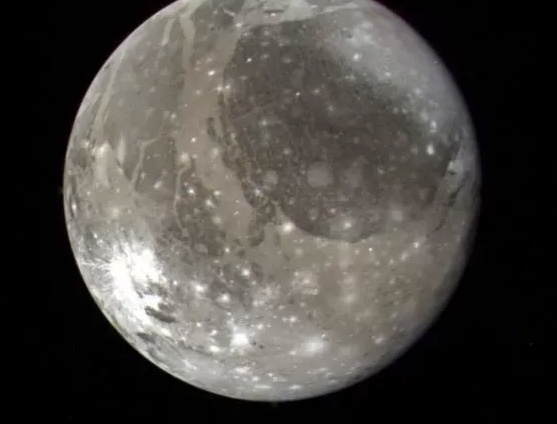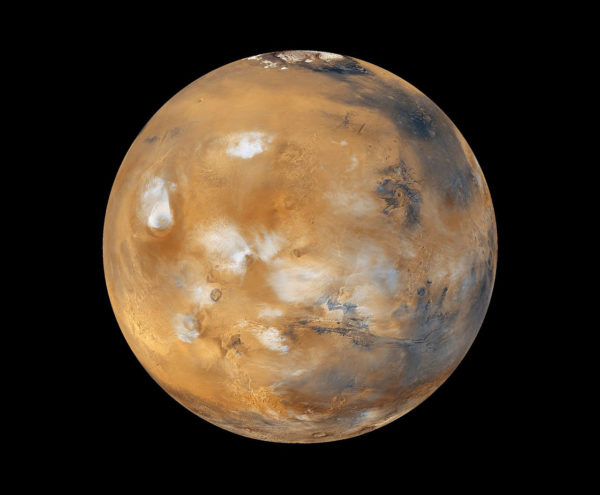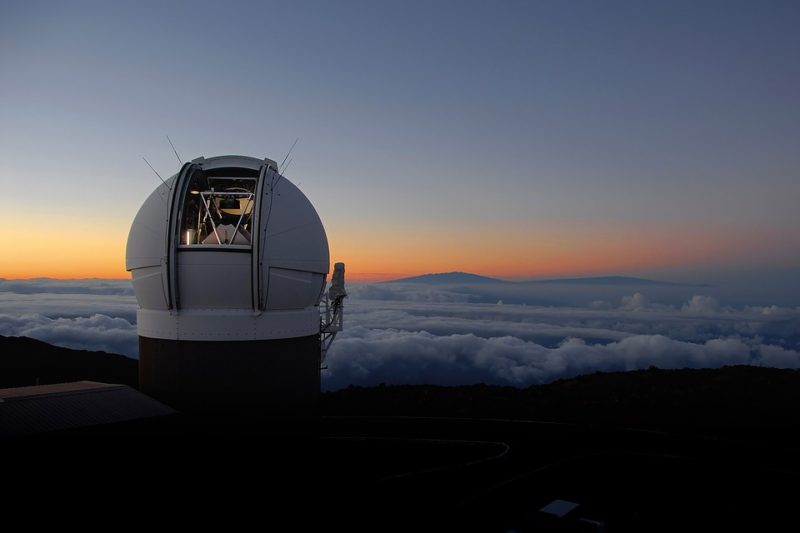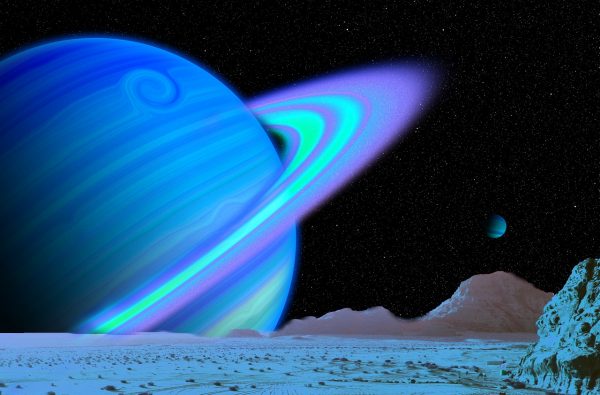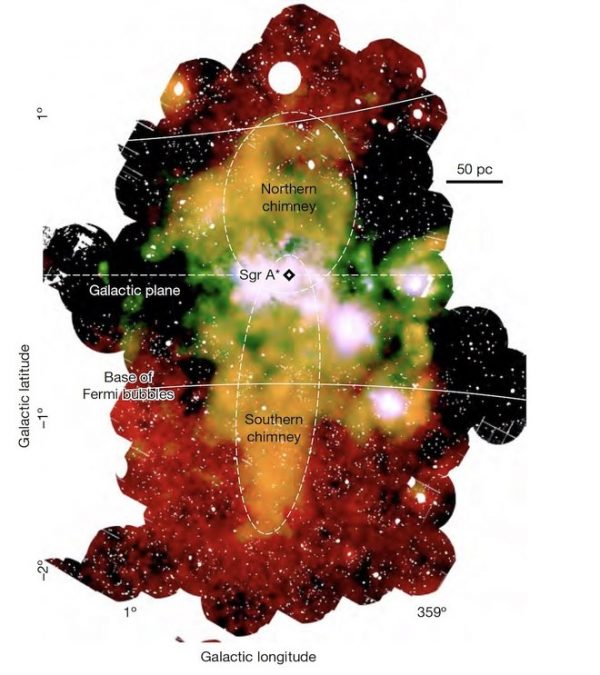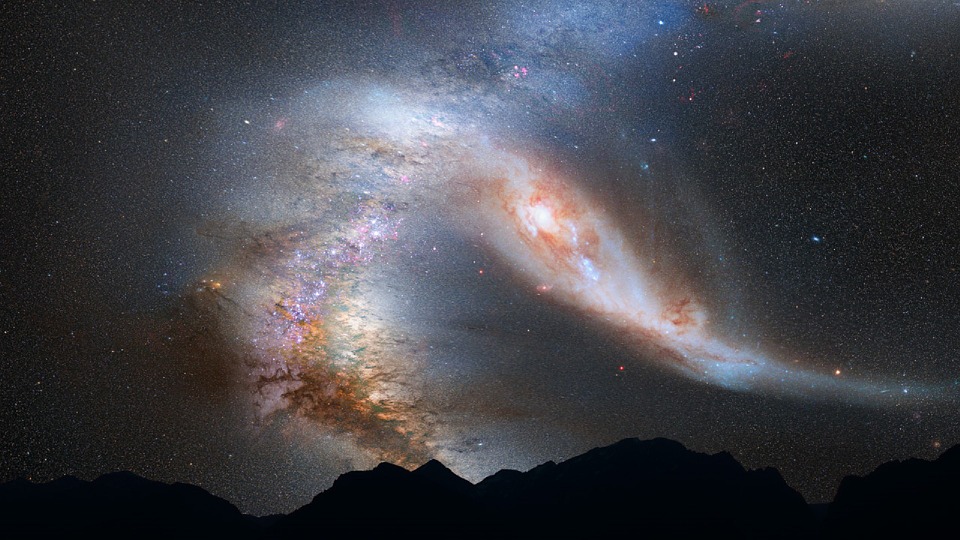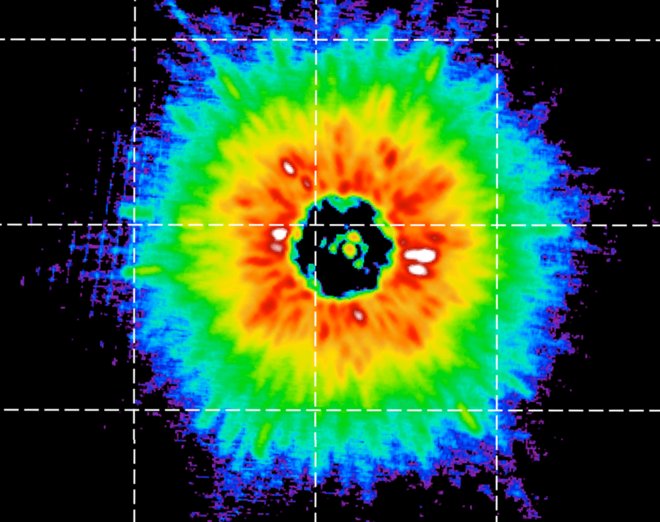SPACE: Water Vapor Detected on Ganymede
In the wisp-thin sky of Jupiter’s moon Ganymede, the largest satellite in the solar system, astronomers have for the first time detected evidence of water vapor, a new study finds. The discovery could shed light on similar watery atmospheres that may envelop other icy bodies in the solar system and beyond, researchers said. Previous research suggested that Ganymede — which is larger than Mercury and Pluto, and only slightly smaller than Mars — may contain more water than all of Earth’s oceans combined. However, the Jovian moon is so cold that water on its surface is frozen solid. Any liquid … Read more



